
Thinking about the Olympics now during the COVID-19 pandemic brings up a lot of sad feelings, especially given the sheer amount of effort Japan put in to prepare for the 2020 Tokyo Olympics. That being said, it is a well-known fact that you cannot keep the human race down (especially the competitive ones) and we all patiently await the return of these epic games. After all, the Olympics have survived for over 2000 years!
They were first created in the 8th century BC, and through a lot of miracles and careful planning, the Olympics survived the test of time. However, the same cannot be said for all Olympic sports. Over the centuries, this storied competition has seen an endless variety of sports, and not all were deemed worthy of holding on to. Here are a few of the sports that once played a major role in the Olympic Games, but not for very long!
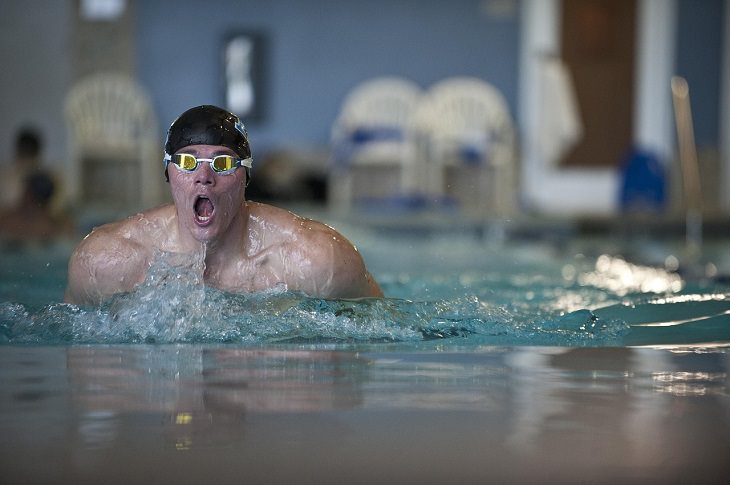
The 1900 Paris Summer Olympics tested out a wild new sporting challenge for swimmers, to really test their stamina. The race covered a distance of 200 meters and consisted of 3 main obstacles. The 12 participants from 5 different nations had to climb over a long pole, then climb over a row of boats, and finally finish the race by swimming underneath a row of boats.
The overall winner of the race was Australian Frederick Lane. His time for the obstacle race was only 13 seconds longer than his time for the regular 200 m freestyle swimming competition. It’s hard to tell if this sport was unpopular with the participants or with the audience, but it never made another appearance in the Olympics.
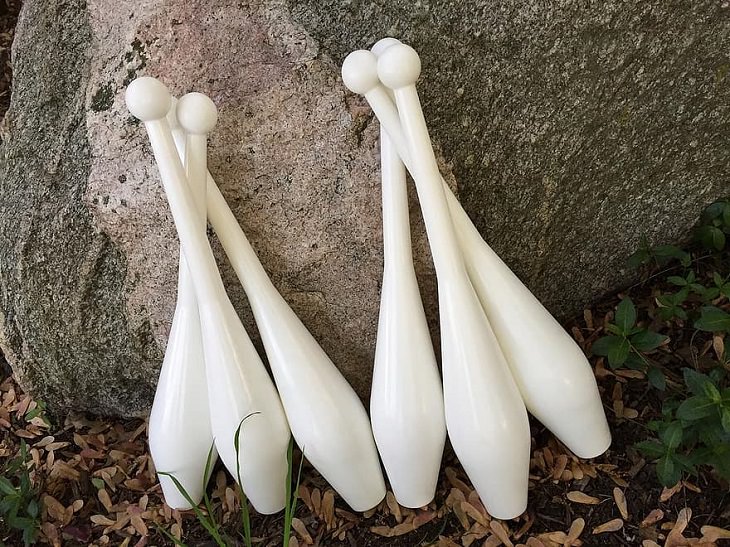
In this particular sport, participants hold clubs that look like large bowling or juggling pins in each hand and swing them in powerful and strategic motions to create a pattern. In both the 1904 and 1932 Olympic Games, club swinging was a major event in which America took the lead both times.
Club swinging is a bit of an odd event when you think about it, and quite possibly dangerous. However, the activity itself has been used as a training exercise for professional athletes and can also be viewed as a precursor to rhythmic gymnastics.
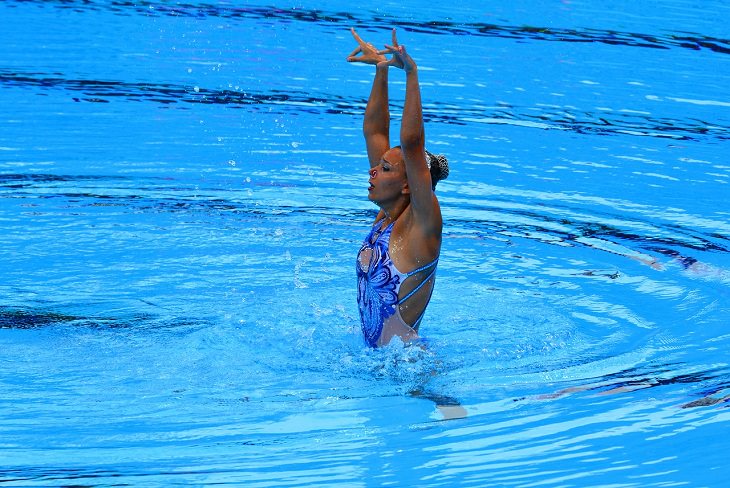
You’ll likely be familiar with synchronized swimming, a sport that involves a team or duo creating artistic patterns in water by swimming in complete synchronization. The oxymoronic sport solo synchronized swimming, which appeared in the Olympic games between 1984 and 1992, naturally had many people scratching their heads.
As the name suggests, the event involved performing the artistic moves of synchronized swimming, but each participant would do so individually. This left many people wondering who exactly the participants were meant to be synchronized with. Some claimed that the purpose was for athletes to synchronize with the music, but this sporting event didn’t survive beyond the 3 Olympic games.

In an odd never-before-seen move, 1 of the 4 swimming events at the 1896 Olympics Games featured a strangely specific and exclusive event. The event involved the usual 100 m freestyle swimming race but participation was open only to Greek Royal Navy sailors.
Even though 11 men entered the competition, only 3 sailors finally ended up participating. The winning time for the race was a full minute slower than the open-participation 100 m race. The exclusive nature of the competition was extremely out of the norm for the Olympic games and this particular event was not held again.
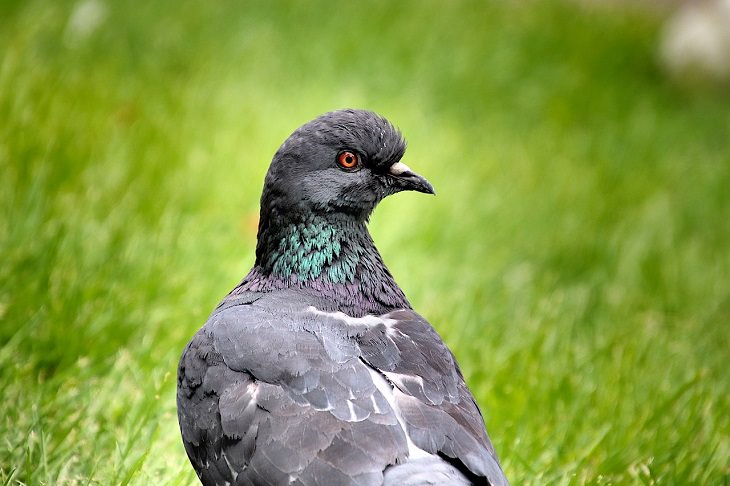
The sport of hunting made a brief appearance in the 1900 Paris Olympics with a live pigeon shooting competition. The birds were released one at a time in front of each participant, like in trap shooting. Competitors had to take down as many pigeons as possible and were eliminated after 2 misses.
This game was described as “very aristocratic” in the official report of the 1900 Olympics, but it also marked the first time animals were intentionally harmed during the Olympic games. Over 300 pigeons were shot during this event, which likely led to its quiet archival.
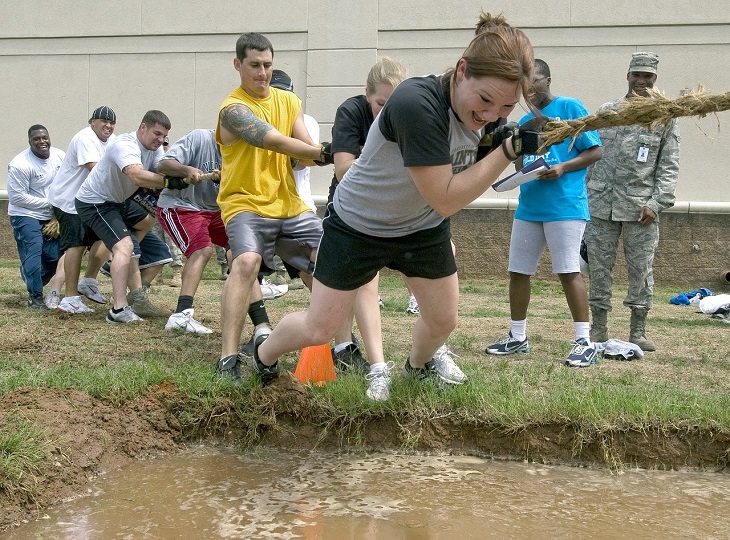
The ultimate fun team game for work retreats and family events, tug of war is not a sport you’d expect to see at the Olympics. Tug of War is a simple yet challenging game in which two teams pull on opposite ends of a rope with the intention of pulling the rope a certain distance toward themselves. Professional tug-of-war was quite a popular sport at the start of the 20th century.
Unlike the other sports on this list, Tug of War remained an Olympic event for 6 Olympiads from 1900 to 1920. This sport was played with groups called clubs, and each country could enter multiple clubs. As the distinction between athletic tug-of-war and recreational tug-of-war became clearer, the event was eventually discontinued.
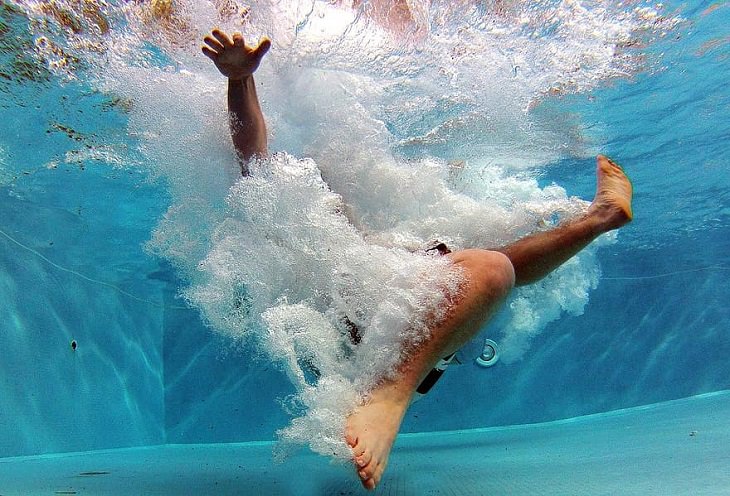
Distance plunging was a sport that measured the depth to which one could plunge into water without using any external force. The 1904 Olympics in St. Louis stunned the world with this swimming event that involved no swimming. Participants had to dive into the water and wait until they surfaced, with the goal being to plunge as deep into the water as possible during the dive.
This sport received a lot of heavy criticism, especially from sports fans. Many believed that the event lacked any athleticism as it was largely dependent on weight and inertia, and required little skill or training. Though participants of the event would probably have begged to differ.
Share these odd Olympic sports with fellow sports fans